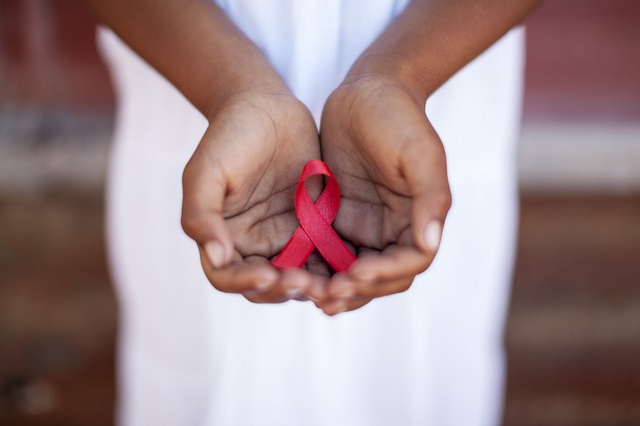
Kampala, Uganda | THE INDEPENDENT | Efforts towards ending AIDS among children, adolescents and young women have stalled as none of the targets for 2020 were met, the final report from the Start Free, Stay Free, AIDS-Free campaign by UNAIDS has revealed.
The report shows that the total number of children on treatment declined for the first time, despite the fact that nearly 800,000 children living with HIV are not on treatment. It also shows that opportunities to identify infants and young children living with HIV early enough are passing by, as more than one-third of children born to mothers living with HIV were not tested.
If untreated, around 50% of children living with HIV die before they reach their second birthday. “Over 20 years ago, initiatives for families and children to prevent vertical transmission and to eliminate children dying of AIDS truly kick-started what has now become our global AIDS response.
This stemmed from an unprecedented activation of all partners, yet despite early and dramatic progress, despite more tools and knowledge than ever before, children are falling way behind adults and way behind our goals,” said Shannon Hader, UNAIDS Deputy Executive Director Programs.
Adding that, “The inequalities are striking. Children are nearly 40% less likely than adults to be on life-saving treatment. 54% of children versus 74% of adults and account for a disproportionate number of deaths. Just 5% of all people living with HIV are children, but children account for 15% of all AIDS-related deaths”.
Start Free, Stay Free, AIDS-Free is a five-year framework that began in 2015, following the Global Plan towards the elimination of new HIV infections among children by 2015 and keeping their mothers alive. It called for a super fast-track approach to ensure that every child has an HIV-free beginning, stay HIV-free through adolescence and that every child and adolescent living with HIV has access to antiretroviral therapy.
The approach intensified focus on 23 countries, 21 of which were in Africa that accounted for 83% of the global number of pregnant women living with HIV, 80% of children living with HIV and 78% of young women aged 15-24 years newly infected with HIV.
“African leaders have the power to help us change the pace of care and should act and lead until no child living with HIV is left behind,” said Ren Minghui, Assistant Director-General of the Universal Health Coverage/Communicable and No Communicable Diseases Division of the World Health Organization.
Although the 2020 targets of having 90percent of the people knowing their status, 90 percent being on treatment and 90 percent virally suppressing were missed, the 21 focus countries in Africa made better progress than the non-focus countries.
However, there were major disparities between countries and these countries still bear the highest burden of disease: 11 countries account for nearly 70% of the “missing children”–those living with HIV but not on treatment. There was a 24% decline in new HIV infections among children from 2015 to 2020 in focus countries versus a 20% decline globally.
Focus countries also achieved 89% treatment coverage for pregnant women living with HIV, compared to 85% globally, but still short of the target of 95%, and there were huge differences between countries. For example, Botswana achieved 100% treatment coverage, yet the Democratic Republic of the Congo only reached 39%.
“While we are deeply distressed by the global paediatric HIV shortfalls, we are also encouraged by the fact that we largely have the tools we need to change this,” said Angeli Achrekar, Acting United States Global AIDS Coordinator while commenting about the report. Adding that, “So, let this report be a call to action to challenge complacency and to work tirelessly to close the gap.” The report outlines three actions necessary to end new HIV infections among children in the focus countries.
First, reach pregnant women with testing and treatment as early as possible considering that 66,000 new HIV infections occurred among children because their mothers did not receive treatment at all during pregnancy or breastfeeding. Second, ensure the continuity of treatment and viral suppression during pregnancy, breastfeeding and for life–38,000 children became newly infected with HIV because their mothers were not continued in care during pregnancy and breastfeeding.
Third, prevent new HIV infections among women who are pregnant and breastfeeding–35,000 new infections among children occurred because a woman became newly infected with HIV during pregnancy or breastfeeding.
*****
URN
 The Independent Uganda: You get the Truth we Pay the Price
The Independent Uganda: You get the Truth we Pay the Price


